Space Rock Hunters Are About to Invade Antarctica
Scientists with the ANSMET program will endure six weeks near the South Pole during an annual field trip to find meteorites
/https://tf-cmsv2-smithsonianmag-media.s3.amazonaws.com/filer/7a/d5/7ad5b8ed-b84d-4675-bd33-7a7e830b05e8/collect_3.jpg)
After 35 trips helping scientists traverse the blue ice fields of Antarctica, mountain guide John Schutt has seen it all.
“One time we had a tent catch on fire,” says Schutt. “The person ignored our protocols, and he filled his stove inside the tent with another stove going, because it was cold and windy out. He had to be taken out of the field with second-degree burns.”
The breach in protocol is probably understandable: The specific group Schutt works with camps each year in the Transantarctic Mountains at an elevation of about 8,000 feet. They face sub-zero temperatures even during a time of year when the sun never sets. Then there are the gale-force winds, cramped living quarters and backbreaking physical labor.
But for the scientists of the Antarctic Search for Meteorites, it’s all worth it when they at last pick up a piece of an alien world that crash landed on Earth.
Led by Case Western Reserve University in Cleveland, the Antarctic Search for Meteorites, or ANSMET, is the unsung hero of planetary science. ANSMET has collected about 20,000 meteorites since its formation in 1976, with yearly counts that have varied from 30 to over 1,200.
Those space rocks, retrieved from the frozen wasteland around the South Pole, have been invaluable to our understanding of the solar system. Over 80 percent of the world's extraterrestrial rocks have come from Antarctica, collected by ANSMET or similar programs for a fraction of the cost it would take to send robotic space missions to bring back samples.
“ANSMET has been a great boon for scientists,” says Jim Karner, the science lead for this year’s expedition, which departs in late November. “We don’t own the samples. They’re curated by the Smithsonian and NASA’s Johnson Space Center, and [are] really free to anybody in the world who wants to study them.”
Meteorites collected by ANSMET and other Antarctic field teams come from asteroids, the moon and even Mars, and they can teach us about the nature and origins of our cosmic neighborhood.
“There is a myriad of studies you can do with meteorites,” says Karner. “They tell us about the properties of our solar system and the evolution of planetary bodies. Some really old meteorites even have solid pieces of minerals that predate our solar system.”
We can also use meteorites to learn about the formation of our own world. “One thing we can do with meteorites is develop a better understanding of the Earth,” says Cari Corrigan, a geologist at the Smithsonian’s National Museum of Natural History who works on meteorite classification.
“If we can understand the composition and the makeup of the early solar system, we will have a much better picture of the Earth’s early composition and structure and the processes that had to take place to give us what we have now.”
We might even discover how the first life on Earth sprung from primordial chemical interactions, she notes
“Things like amino acids have been found in meteorites in the last 20 years—the starting compositions for life on Earth,” says Corrigan. “Trying to understand what we started out as, and what we started out with, will help us understand why the Earth evolved the way it did.”
Meteorites can come crashing down onto any spot on the planet. But of all the spots on Earth, Antarctica is the ideal place to gather meteorite samples. For starters, large parts of the continent are composed of ice sheets devoid of indigenous surface rock. When you scour the area, virtually every rock found is a meteorite, and the thin black crust the rocks form as they endure their fiery plunge through the atmosphere makes them easy to spot against the blue-white background.
“We literally just form this large skirmish line and drive up the ice on snowmobiles and collect them by hand,” says Constantine Tsang, a planetary scientist at the Southwest Research Institute in Boulder and a first-year ANSMET field team member. “People say 50 percent of ANSMET is just hauling sh-t around,” he laughs.
Geologic activity along the Transantarctic Mountains also plays a role. As the East Antarctic Ice Sheet slides down into the Ross Sea, it comes into contact with the Transantarctic Mountains, and old, deep ice is forced to the surface. That uplifts meteorites that crashed into the continent long ago, boosting the numbers than can be found during a field season.
Combine this process with ice erosion from strong winds and sublimation, and certain areas can boast incredibly high concentrations of all types of meteorites, just waiting for the scientists to come scoop them up. These meteorites might have impacted Earth less than a year beforehand or more than 10,000 years ago, offering a wide range of possible parent sources.
An area known as Miller Range is one of the most lucrative sites, with hundreds of meteorites per square mile, which is why this year marks ANSMET's ninth visit to the region.
“We’ve found every conceivable type of meteorite in the Miller Range,” says Karner. “So it’s been this great range of diversity.”
Most importantly, all that bounty is beautifully preserved in Antarctica’s frozen wasteland. Chemicals and minerals on Earth can corrupt the composition of meteorite samples, limiting their scientific value. Even water will alter the mineralogy of a meteorite. But in the deserts of Antarctica, where moisture is minimal, the meteorites are essentially cryogenically preserved.
When a field season wraps up, the yearly haul from ANSMET is shipped to NASA’s Johnson Space Center in Houston, Texas. NASA creates initial descriptions of the meteorites and sorts them into general categories. A piece chipped from each one is then sent to the Smithsonian for further classification, and twice a year the Smithsonian publishes a newsletter with a list of all the meteorites in its catalog, so scientific institutions can request samples.
Meteorite classification is rather complex, with different types categorized by chemical composition, mineralogy, the presence of certain elements and the parent body that the meteorite broke off from. But meteorites can generally be sorted into four groups: chondrites, achondrites, stony-iron and iron.
Chondrites are meteorites that contain chondrules—round grains that initially formed from molten droplets during the early days of the solar system and then got incorporated into existing asteroids. These meteorites have been largely unaltered since the solar system formed about 4.6 billion years ago, and they account for more than 80 percent of all our meteorite samples.
“The reason we look back at the chondrites is because we think that they are the starting material for everything else,” says Corrigan.
Achondrites are just the opposite: meteorites that do not contain chondrules: “Achondrites represent some kind of geologic process; something happened to them to either melt the chondrules or melt the whole asteroid,” says Corrigan.
Two of the rarest and most interesting types of meteorites are achondrites: lunar and Martian. Rocks from these worlds have undergone significant geologic change, and understanding that metamorphosis can tell us what each body was like over time. A Martian meteorite, for instance, provided the first purely chemical evidence that water once flowed on ancient Mars.
“The Martian meteorite Allan Hills 84001 contains carbonate minerals that require liquid water to form,” says Corrigan.
Stony-iron meteorites, which are nearly equal parts metal and silicate minerals, include perhaps the most attractive of all meteorites, the pallasites. These space rocks consist of large olivine crystals suspended in an iron-nickel alloy, creating a striking visual contrast. Studies of these stunning samples suggest that they come from large asteroids that differentiated into layers. The metallic mix is likely from the transition area between the mantle and the core.
Finally, iron meteorites are almost entirely made of a nickel-iron alloy that forms in the cores of large asteroids and other rocky cosmic objects. The parent bodies of iron meteorites had to have been destroyed in collisions for the core material to escape and begin its trajectory toward Earth.
While the meteorites collected so far have unlocked these and other cosmic mysteries, plenty more space rocks await discovery in the cosmic freezer of Antarctica, so for ANSMET, this year's field season is business as usual.
There’s no way to tell what they will find until they get out on the ice and start collecting samples, and the scientific discoveries the rocks yield will be made thousands of miles away, months or even years in the future, in laboratories that request the meteorites long after they are found.
“We have a lot,” says Tsang. “But the more we can collect, the more we can analyze and understand.”
/https://tf-cmsv2-smithsonianmag-media.s3.amazonaws.com/accounts/headshot/bennett.jpg)
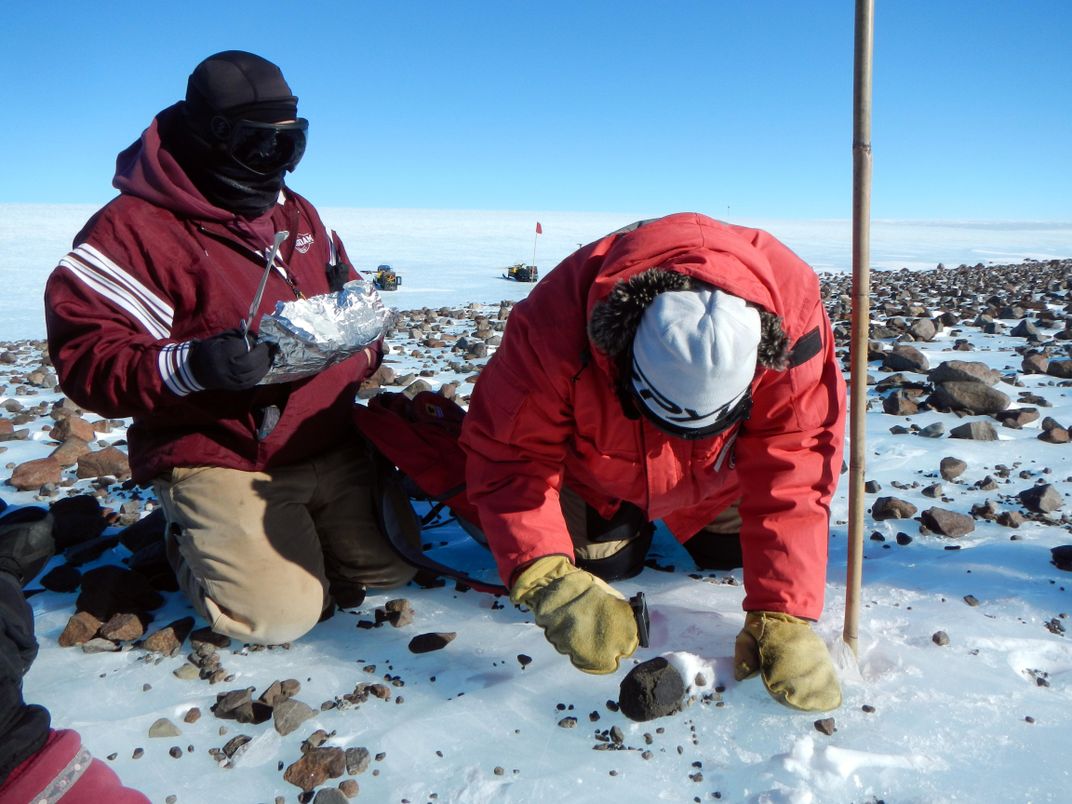
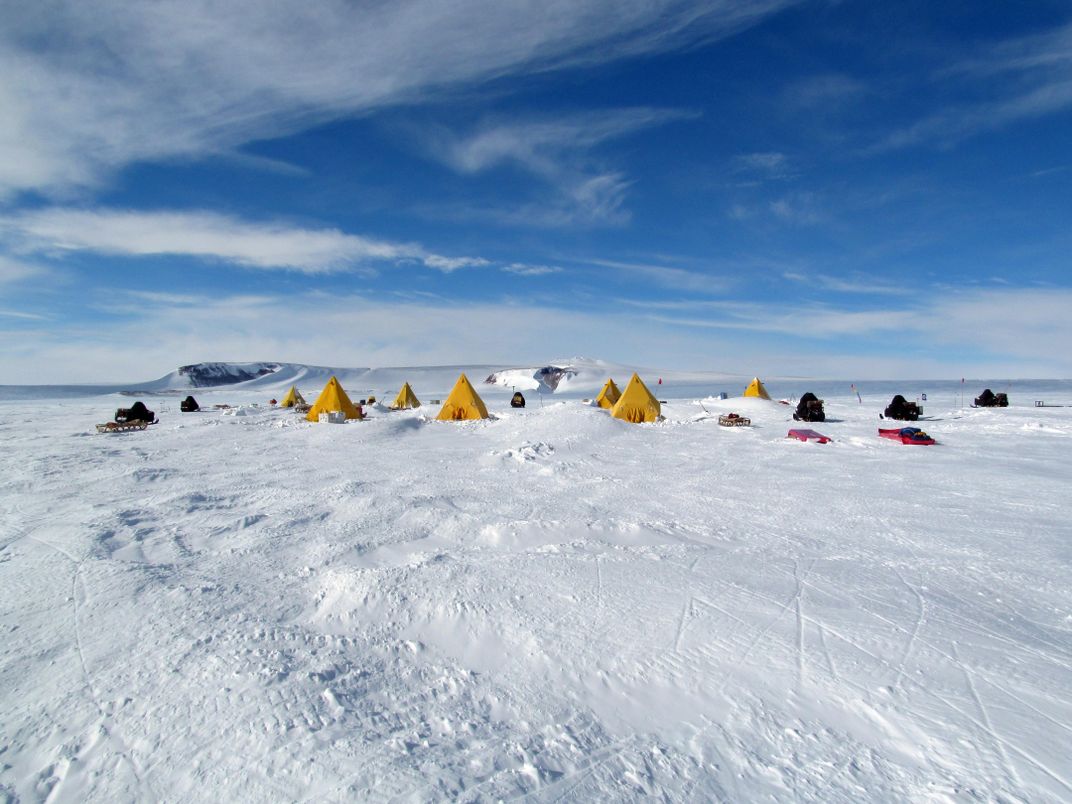
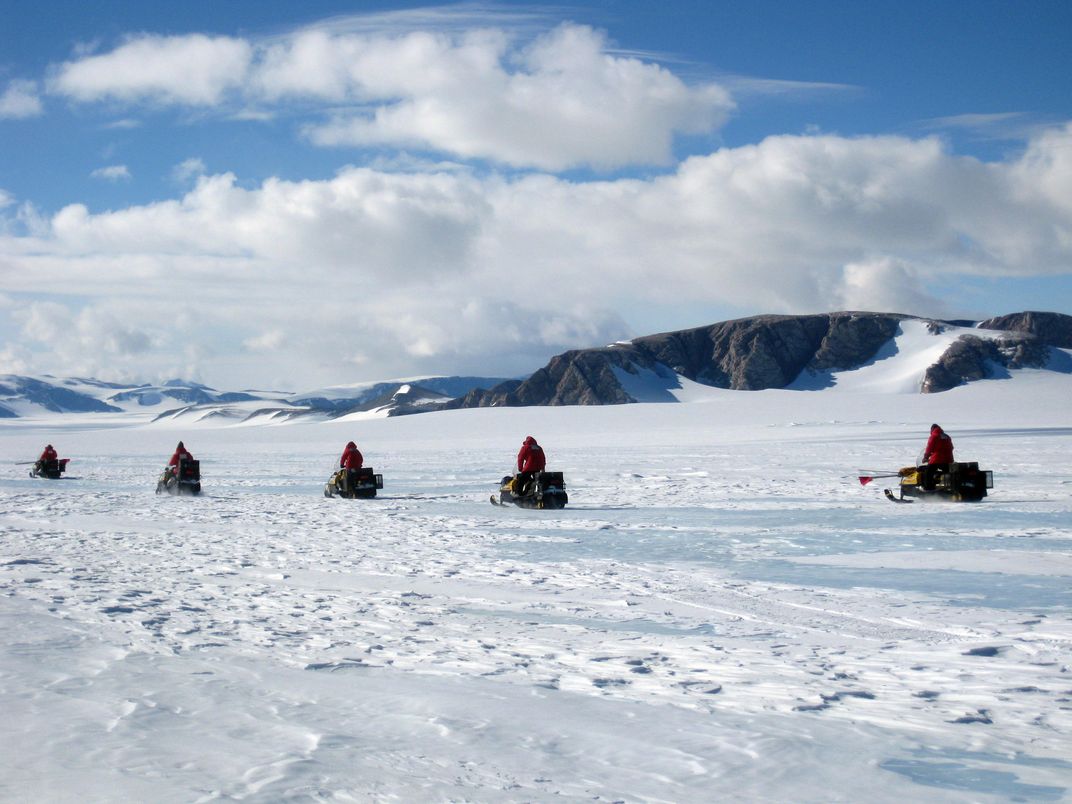
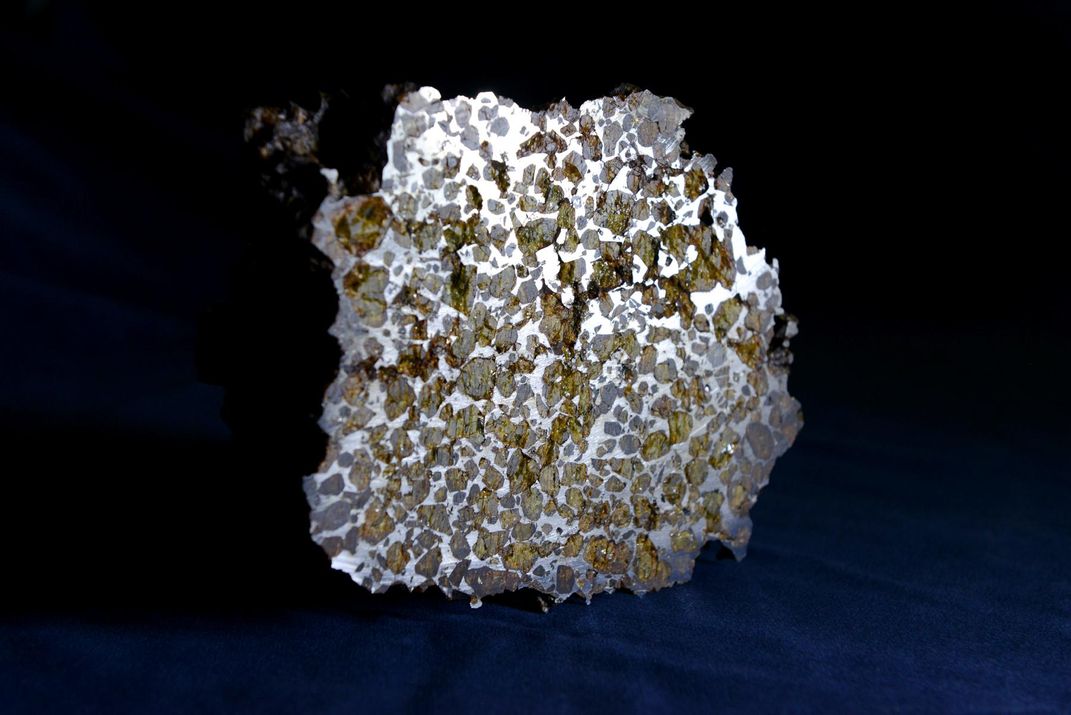
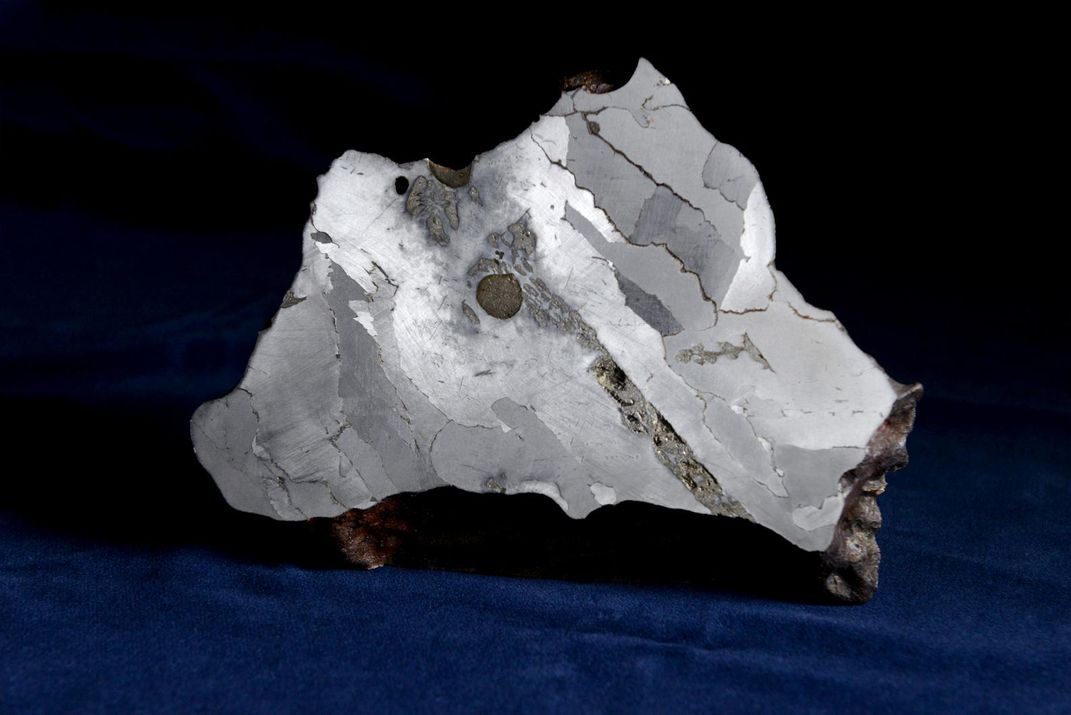
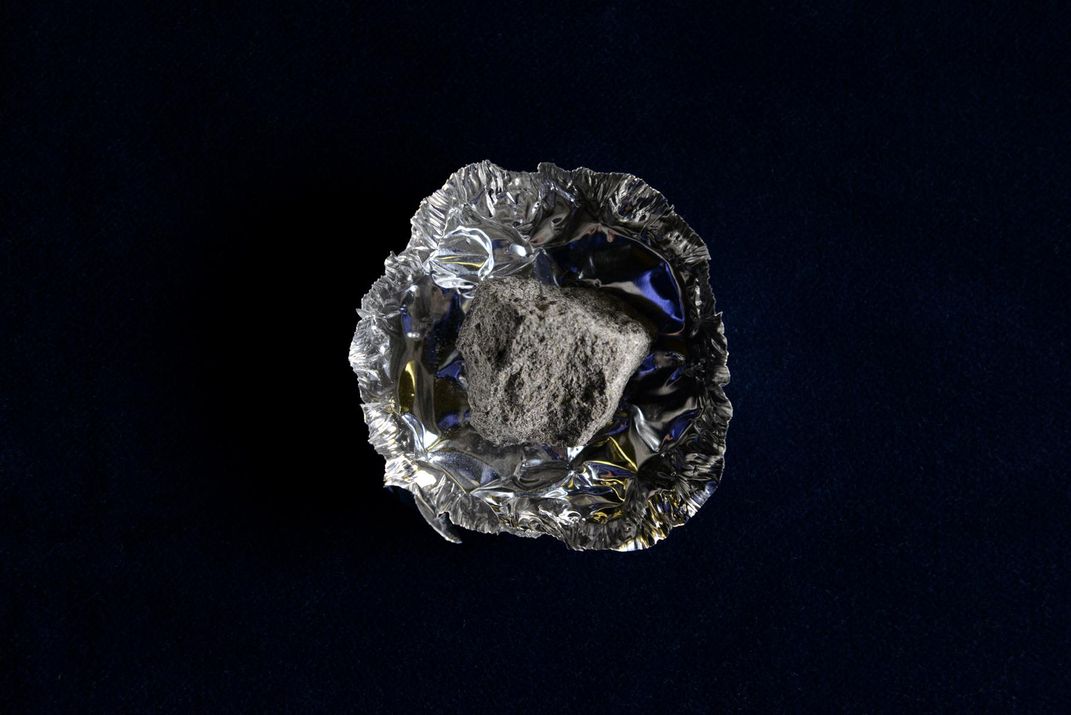
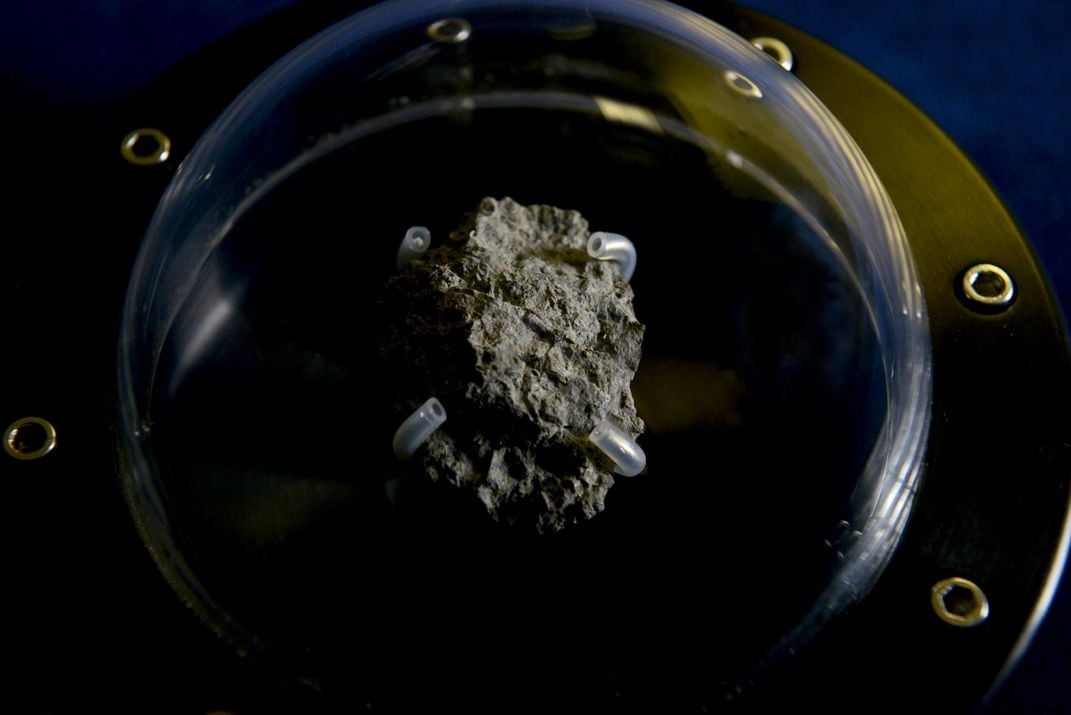
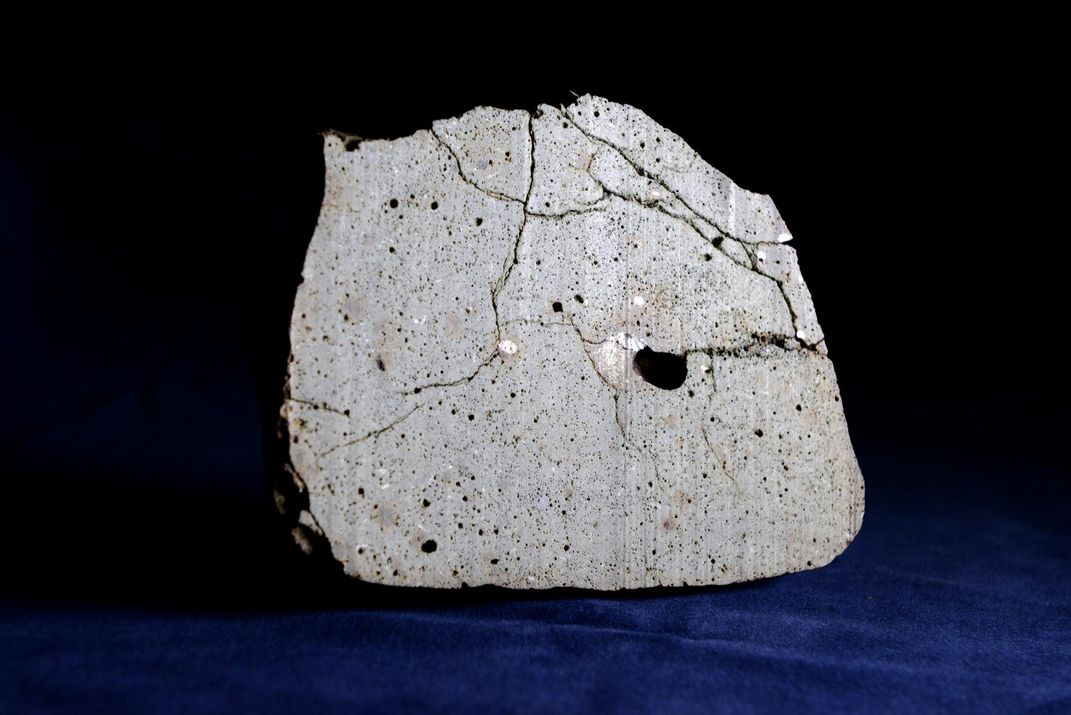
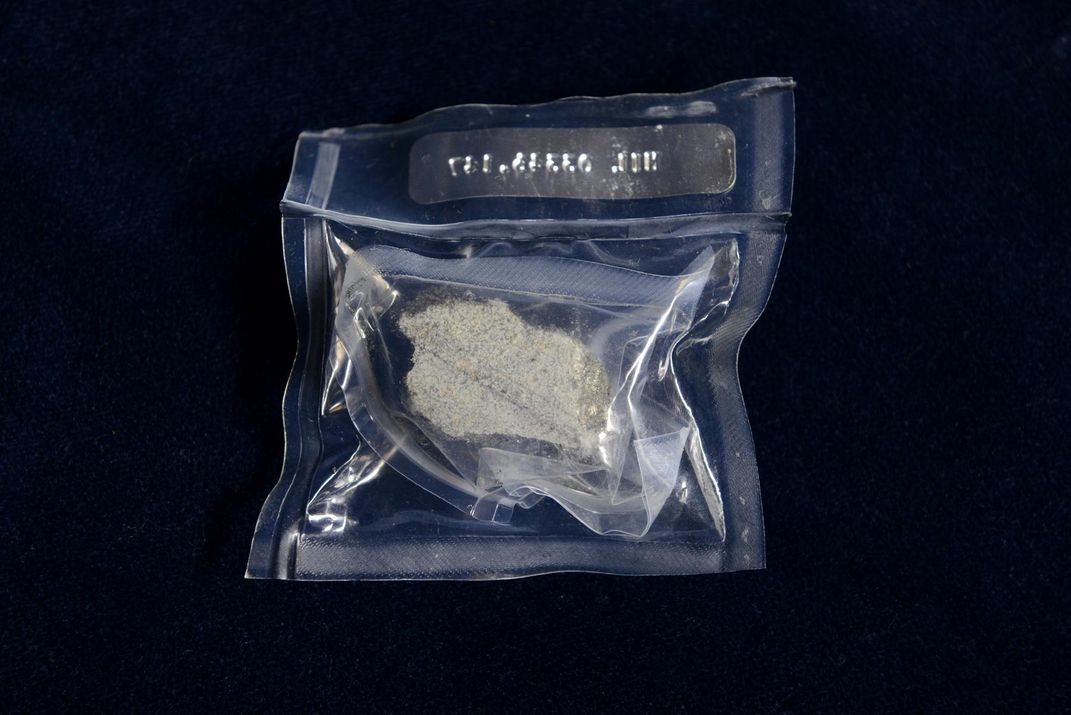
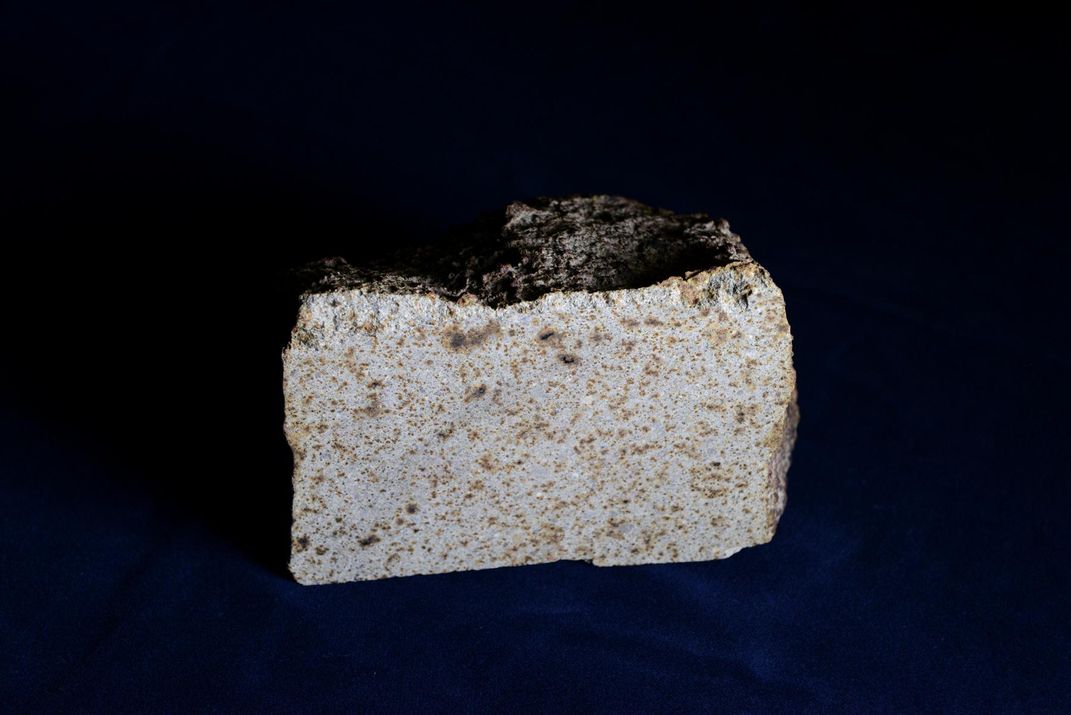
/https://tf-cmsv2-smithsonianmag-media.s3.amazonaws.com/accounts/headshot/bennett.jpg)